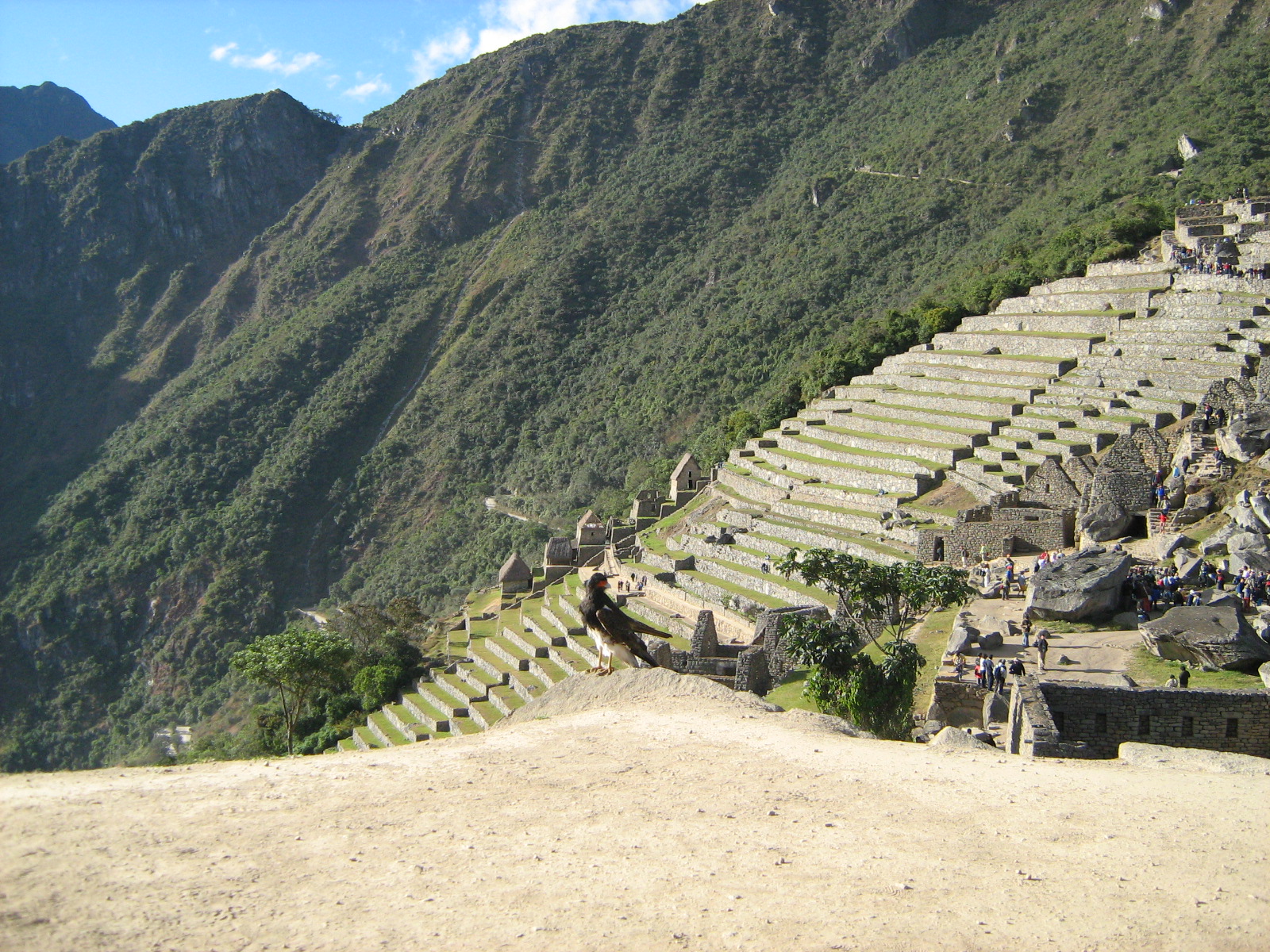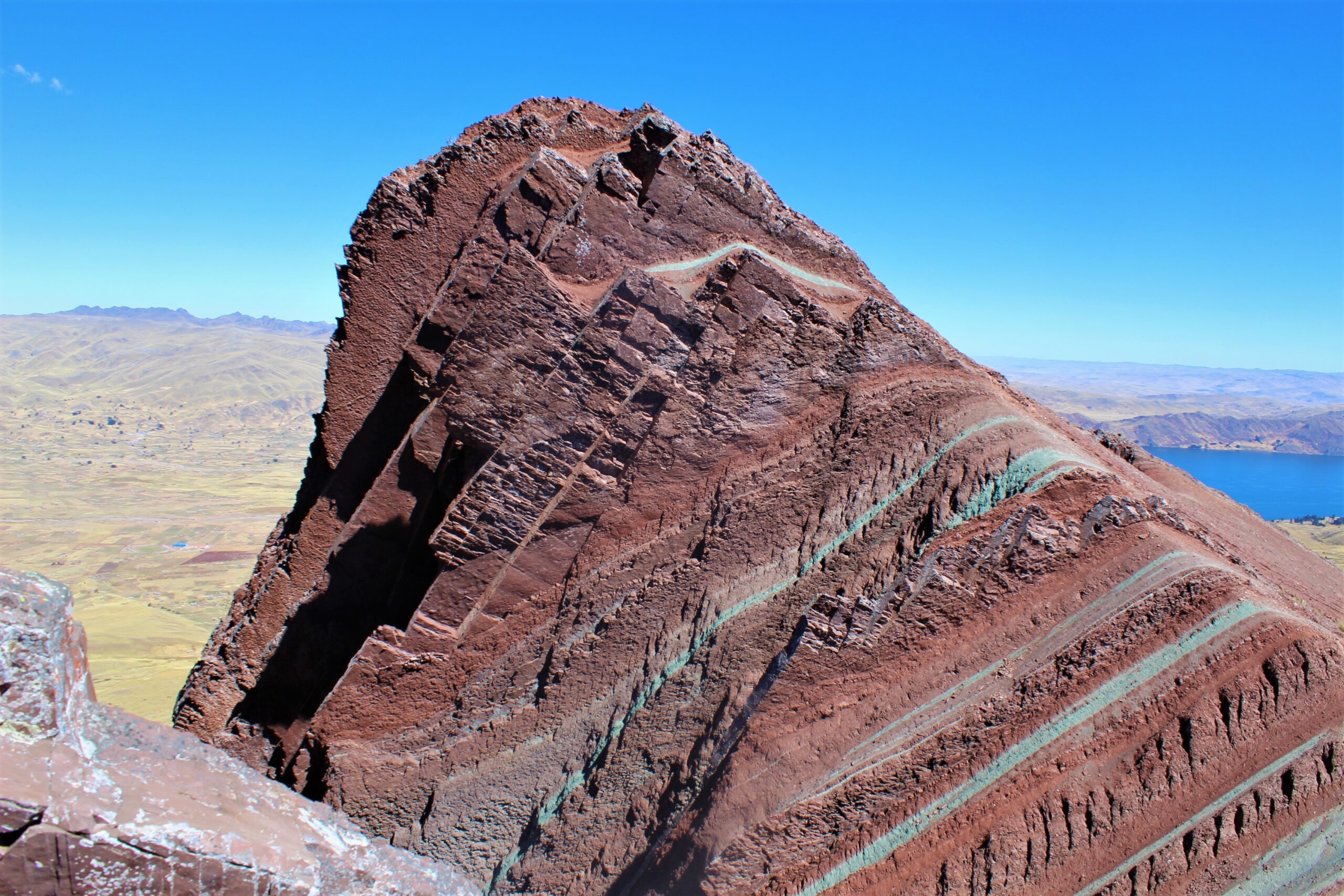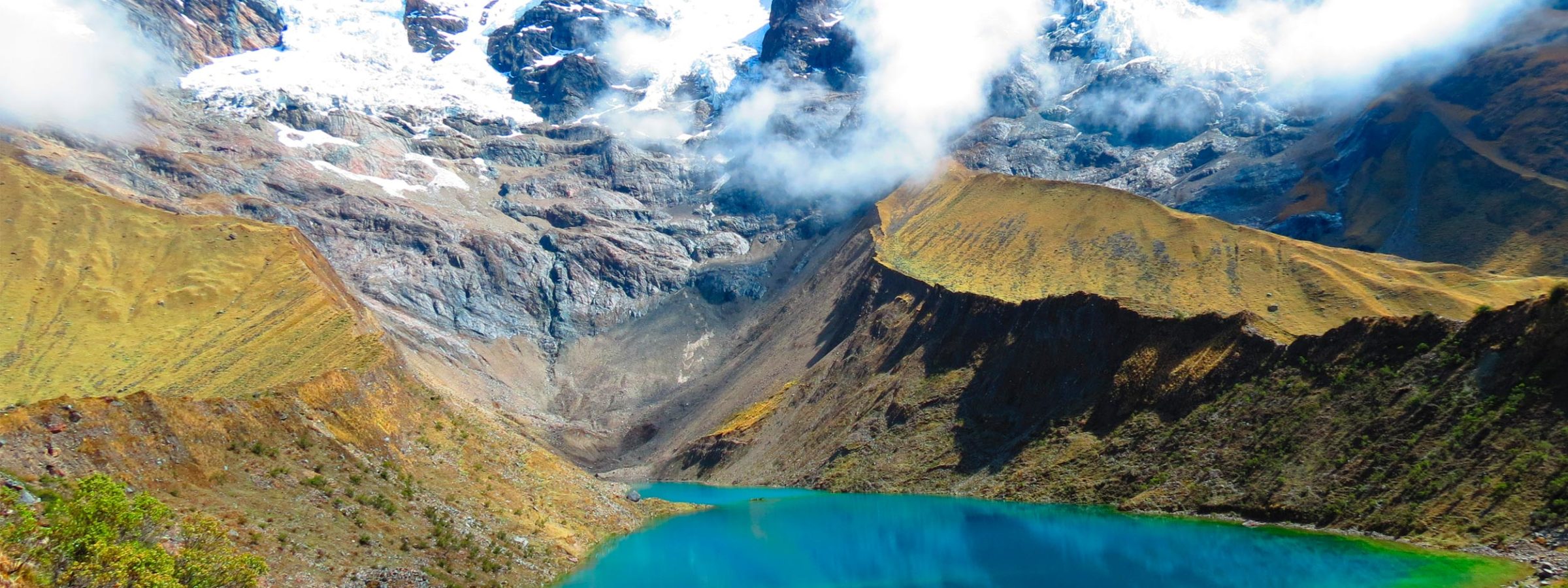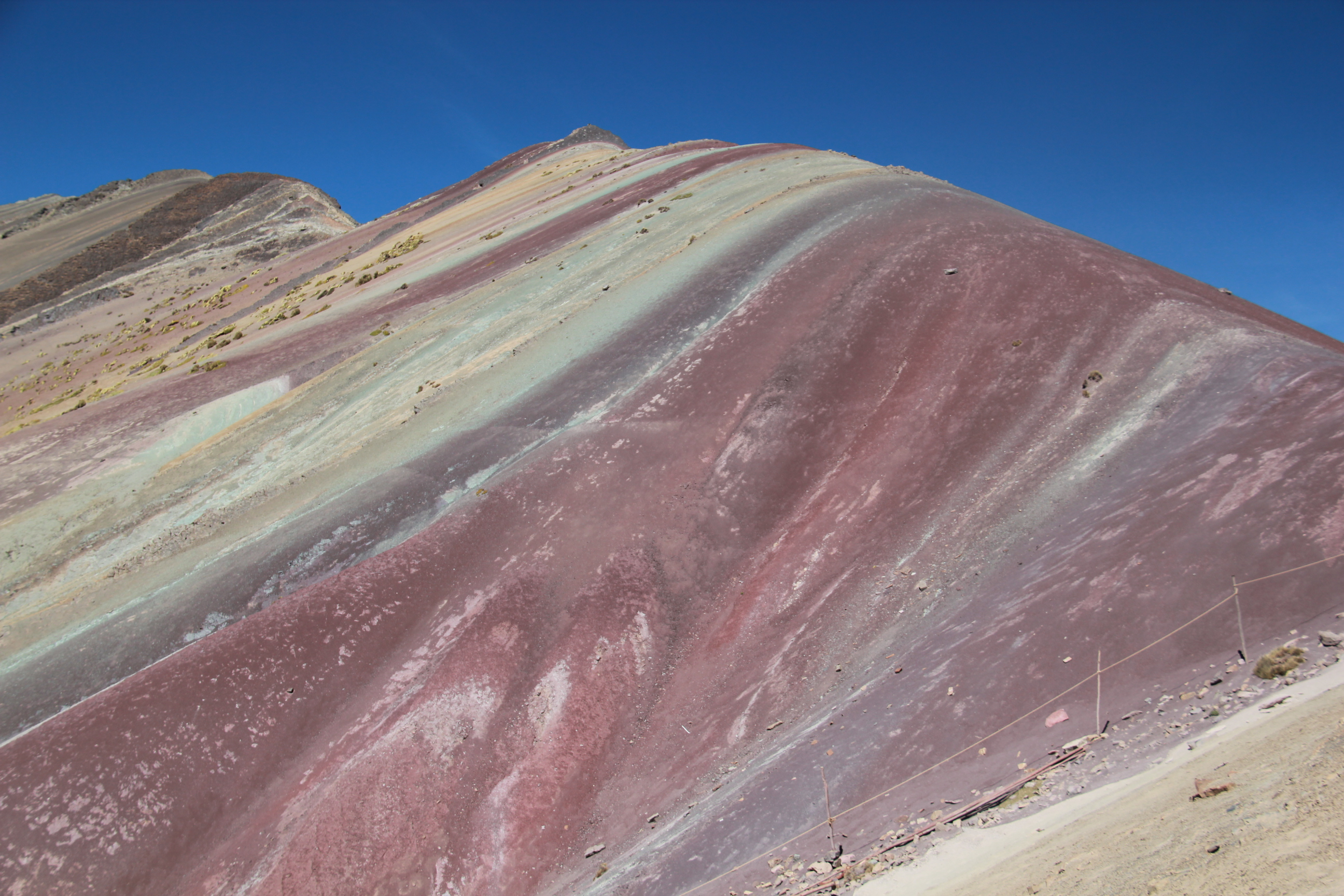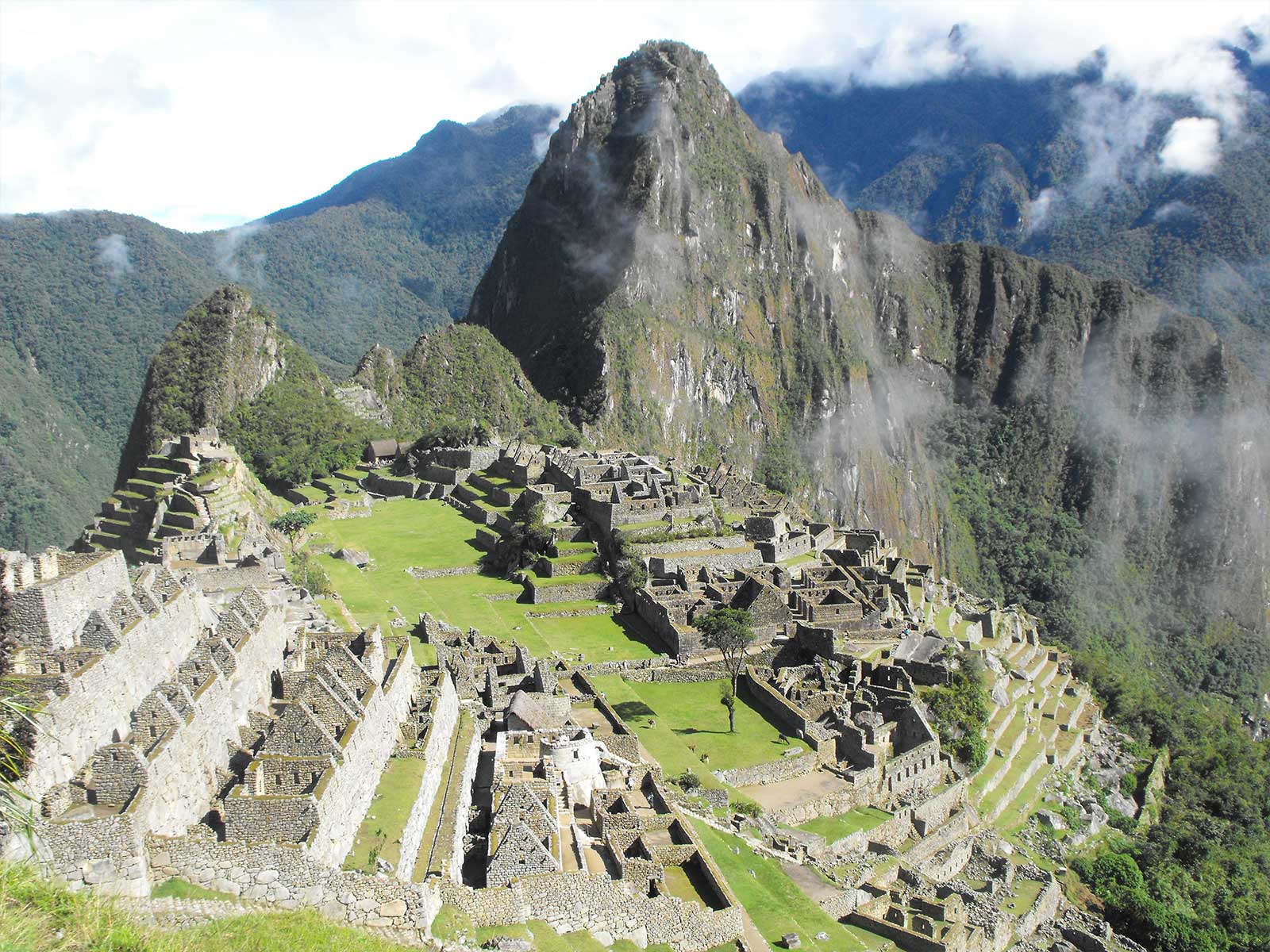What to see in Machu Picchu?
Machu Picchu is one of the 7 wonders of the world and is called the navel of the planet. It is a magical and sacred space due to its historical importance and architectural development. Among its attractions are its terraces or platforms, very significant structures for Inca agriculture. It also has a fountain staircase, a system that provides the citadel with fresh water with 16 artificial falls.
Likewise, in Machu Picchu are located the mountains Putucusi, Machu Picchu and Huayna Picchu, this last one is quite famous due to its height and great view. On the other hand, in this destination you can find the Temple of the Condor, the Temple of the Sun, the Sacred Plaza and the Intihuatana, structures and pieces with religious and ceremonial value of great beauty.
Machu Picchu’s charm is not only due to its architecture. The city has a strategic location and scenic beauty that makes you believe you are touching the sky. One of the best experiences for travelers is to watch the sunrise over the mountains. The radiant colors of the sun generate a picture worthy of any painting or photo gallery.
An interesting fact to add is the fauna you will find in this space, such as the tender llamas and alpacas. These camelids definitely take the prize as the best protagonists. Also, the Andean bear, the sachacabra, the puma, the cock of the rock, the Andean condor and the giant hummingbird live there. Just sitting down to contemplate the life of these animals will bring you happiness.
The location: the sacred landscape: Machu Picchu
The construction of the city of Machu Picchu represented an enormous engineering challenge as a result of its location. It is located on the top of the sacred mountain, which in ancient times required five days of travel.
However, the real problem was not the height, but that it was in the middle of two important seismic faults, and, as if that wasn’t enough, the high rainfall of the area generated constant collapses. Why, then, did the Inca emperor Pachacútec insist on locating the city there?
Let’s analyze the reasons for the choice. From the practical point of view, the site had in its favor a water spring and a granite deposit, which was quarried. But these were not sufficient motivations.
Some researchers attribute this to the so-called sacred landscape theory. According to the testimonies of the Spaniards, the Incas worshipped the Sun, the Water and the Mountains as authentic gods. Furthermore, they believed that the contemplation of the divine nature transferred certain gifts to them or, in any case, strengthened them.
Observe in this video the effects of light on the site where Machu Picchu is located:
Machu Picchu: The architecture: temples, buildings and techniques
The Inca emperor Pachacútec, which means “he who remakes the world”, was the one who devised and ordered this engineering marvel. However, about the intentions or uses of this place, there is still no conclusive information, but rather elaborated interpretations in the light of the archaeological findings.
In the city of Machu Picchu there are at least 200 architectural structures made of square rock. However, there are no sculptures. This city was home to between 300 and 1,000 people. It is not a walled city, so its military use is ruled out. But certainly, this city is a public manifestation of the emperor’s power. That would be its first function: the commemoration of the triumph of the conqueror Pachacútec.
The Inca citadel of Machu Picchu is a place full of mysticism, it is a monument to divinity, where man really feels like a creature of the gods, the overwhelming nature of his spirit, seems to transport him to a magical place where anything is possible, in an unimaginable way. It is a place where the strange forces of nature transport you to an incomparable cosmic state, a state that can only be experienced in Machu Picchu.

